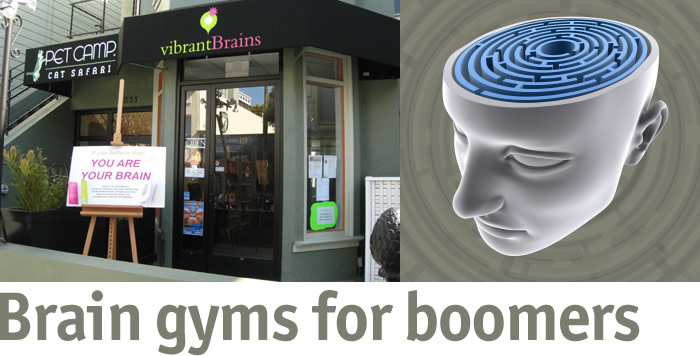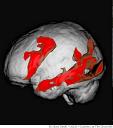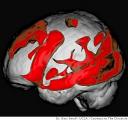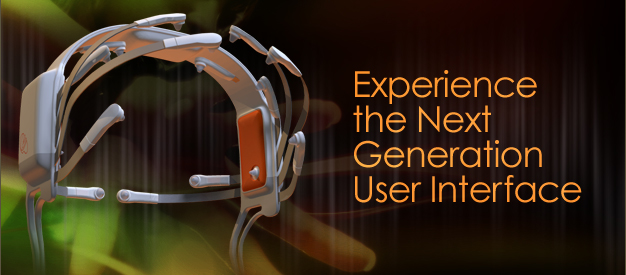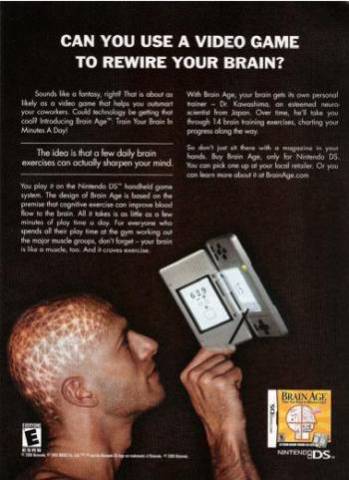Seed Magazine
Saturday, January 31st, 2009 The February issue of Seed Magazine has five stories of interest to cognitive designers including articles on a statistical theory of mind, using neurofeedback to enhance cognition and the application of behavioral economics to formulating policies to fight poverty. On top of that there are stories on the relationship between design and science and the need to go beyond gut feeling for good decision making.
The February issue of Seed Magazine has five stories of interest to cognitive designers including articles on a statistical theory of mind, using neurofeedback to enhance cognition and the application of behavioral economics to formulating policies to fight poverty. On top of that there are stories on the relationship between design and science and the need to go beyond gut feeling for good decision making.
Unfortunately, you cannot access the material without paying (online or at the newsstand). I will blog on a little longer than usual so you can decide if the issue is worth buying.
